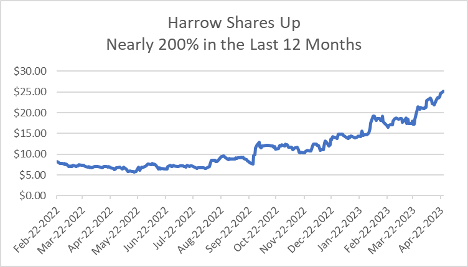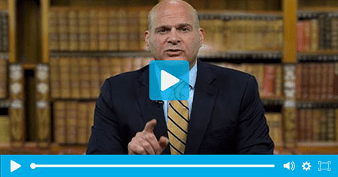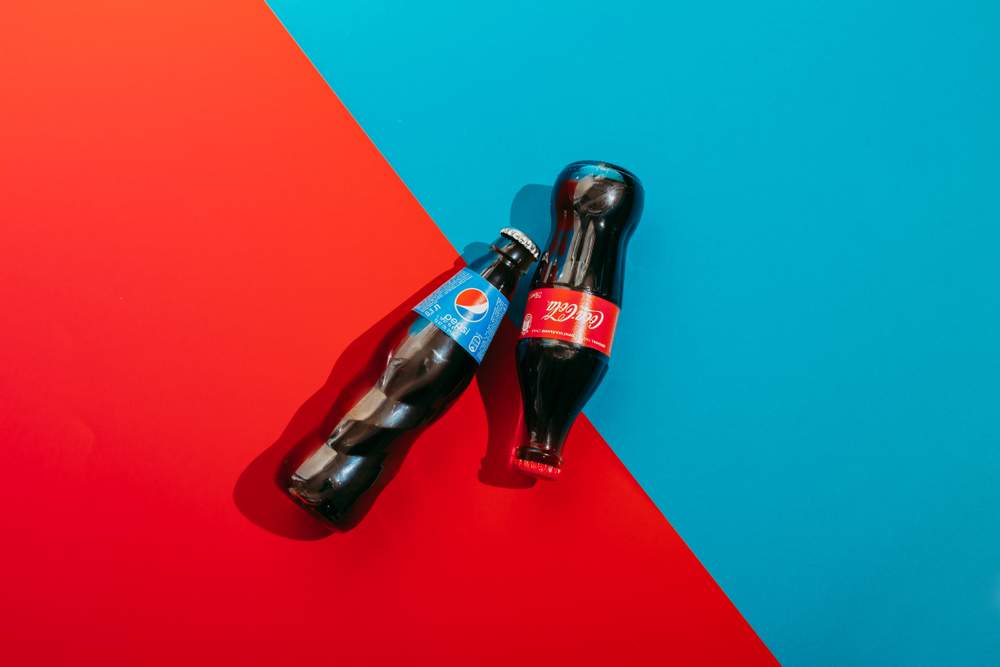I’ve got nothing against passive investing — putting your money in an S&P 500 Index.
Because over time, you’ll outperform 90% of professional investors.
And that’s why trillions of dollars of investor money continues to flow into index funds. (I talked about this in my podcast here.)
And it’s not all the stocks in the S&P 500 that money is flowing into.
The majority of those trillions are buying the largest cap stocks such as Apple, Microsoft, Amazon.
While most of the money is flowing into large caps, the big returns are in microcaps.
Microcaps — companies with market caps less than $500 million are currently being neglected, creating huge mispricings.
And that’s where I’m seeing a HUGE opportunity for you…
In fact, one microcap I recommended just over a year ago, is up close to 200%.
And I have a portfolio of microcaps that are getting ready to lift off…
Mispriced Microcaps
Here’s just one example of how buying microcaps is like shooting fish in a barrel … with the water drained out.
In February 2022, I recommended Harrow Health (Nasdaq: HROW) to my microcap portfolio.
Harrow Health provides custom eye drug compounds through its mail-order pharmacy.
About 4 million cataract surgeries are performed each year in the U.S. And currently, 1 out of 5 cataract surgeries use Harrow’s products.
The company leads the market in serving over 10,000 prescribers, institutions and patients in 50 states.
So, as the population continues to age, the number of surgeries should continue to increase — and that means more revenue for Harrow.
When I first recommended Harrow, I told my subscribers the company was suffering from a case of mistaken identity.
At the start of 2022, biotech stocks were getting whacked by Mr. Market.
And here’s the thing … Harrow wasn’t a biotech.
Mr. Market had it all wrong and was underpricing Harrow’s stock.
Outstanding Leadership
Harrow Health is the brainchild of founder and CEO Mark Baum, who started building the business back in 2011.
Baum’s vision is to make affordable medication so patients don’t have to take out a second mortgage to pay for health care.
And Harrow’s results show that he is knocking the lights out.
Since 2014, Harrow has grown revenue from zero to close to $90 million and the company is firing on all cylinders.
Since we added Harrow, the stock has soared close to 200%.
Harrow is a great business with a rock-star CEO.
We are still in the early innings of Harrow’s success.
However, I would hold buying shares now.
I like to buy stocks only when they trade at bargain prices.
With the huge run-up in price, I’d hold off for now.
You want to buy microcaps when you can get them at dirt cheap prices … like we did with Harrow.
If you missed Harrow, today’s your lucky day…
I recently added a new microcap to the portfolio.
The company is run by a rock-star CEO in an industry that is seeing huge demand.
The stock price is trading for less than $5, and according to my research, that’s a bargain price.
The Next Breakout
I want you to go here now because I want to show you what this CEO is doing to drive the share price higher.
And what he’s doing is NOT priced into these shares yet.
That is giving you the chance to make your move before anyone else…
I’m revealing the most important details in my new video presentation. Watch it here:
The right CEO decision can change investors’ lives forever.
Is there one decision you’ve made that has changed your life? I’d love to hear what it was at BanyanEdge@BanyanHill.com.
And be sure to watch my new video … because it could be the next big decision to change your life.
Regards,

Founder, Alpha Investor
The True Power of Branding
A lot goes into a company brand.
A reputation for quality, consistency and potentially large sums of money on marketing and brand awareness — just to name a few elements.
But the resources that get poured into building a brand are worth the investment. A strong brand helps a company command premium pricing in its industry, and survive and thrive in a difficult market.
Small example: Take a look at the quarterly results Coca-Cola and Pepsi released this week.
Apart from its iconic Coca-Cola brand, Coke also owns Vitamin Water, Powerade and Minute Made, among other brands. And for my fellow Texans, Coca-Cola also owns Mexican sparkling water brand Topo Chico, which goes excellently with fresh steak street tacos.
But Pepsi has an equally strong portfolio of brands, including Gatorade, Tropicana, Doritos, Cheetos, bottled Starbucks products and a truckload more.
Coca-Cola and Pepsi have been vying for dominance for decades, and they both have a knack for scooping up competitors under their respective umbrellas.
Well, this strong branding has helped both companies skate through the inflation crisis with barely a scratch.
Unit volumes at Coca-Cola — the amount of product they sold last quarter — were up a flattish 3%. Yet the company beat all expectations on revenue and earnings growth because it was able to raise prices by an average of 11%.
Pepsi’s unit sales dropped slightly, yet it raised its prices by a staggering 16% over last year.
Now, no company has unlimited pricing power. If a bottle of Coke or Pepsi cost $20, I think we’d learn to trade down to store-branded “Cola” (or better yet, just drink water).
But overall, companies with dominant brands are able to raise their prices more aggressively than their weaker peers.
Having strong branding allows companies to generate higher margins. At the end of the day, Coke and Pepsi sell basic commodities: water, sugar and food coloring in shiny aluminum cans or plastic bottles.
None of these component parts have much in the way of markup value. It’s the Coke and Pepsi trademarks that allow them to charge a premium.
Now, does either one taste much different from a general grocery store brand?
Debatable. But it’s going to cost you more for the red or blue label.
In other words: You’re paying for the brand.
Inflation Proof and Recession Proof?
So strong branding helps companies survive and thrive in an inflationary environment. But what about a recession?
Coca-Cola sells about 55% of its products for home consumption, and about 45% “away from home,” meaning in a restaurant, sporting event, etc. In recessions, people do tend to eat out less, which hurts sales away from home.
But little setbacks like these tend to be temporary. At-home consumption often increases slightly during recessions, as consumers look for guilty little pleasures to help them through the hard times.
Now, I’m not necessarily telling you to run out and buy Coca-Cola and Pepsi stock, though both are fine companies.
But keep in mind their lessons in branding. There is a reason why Coca-Cola’s gross margins are consistently around 60%, and why Refresco — a maker of store-brand generic soft drinks — has margins that are generally in the mid-40s.
That is the true power of branding.
And there’s one other thing required to build a strong brand…
A rock-star CEO.
Like this guy… He invested $22 million of his money to start his own oil and gas company.
With that kind of money on the line — you think he’s going to make stupid decisions and crazy moves that put his business at risk?
I don’t think so.
With that much skin in the game — he will do everything in his power to grow that business as big and fast as possible…
It only takes one more to turn a small company into a multibillion-dollar powerhouse brand.
And if you’d like the chance to go along for the ride — go here now.
Regards, Charles SizemoreChief Editor, The Banyan Edge
Charles SizemoreChief Editor, The Banyan Edge








